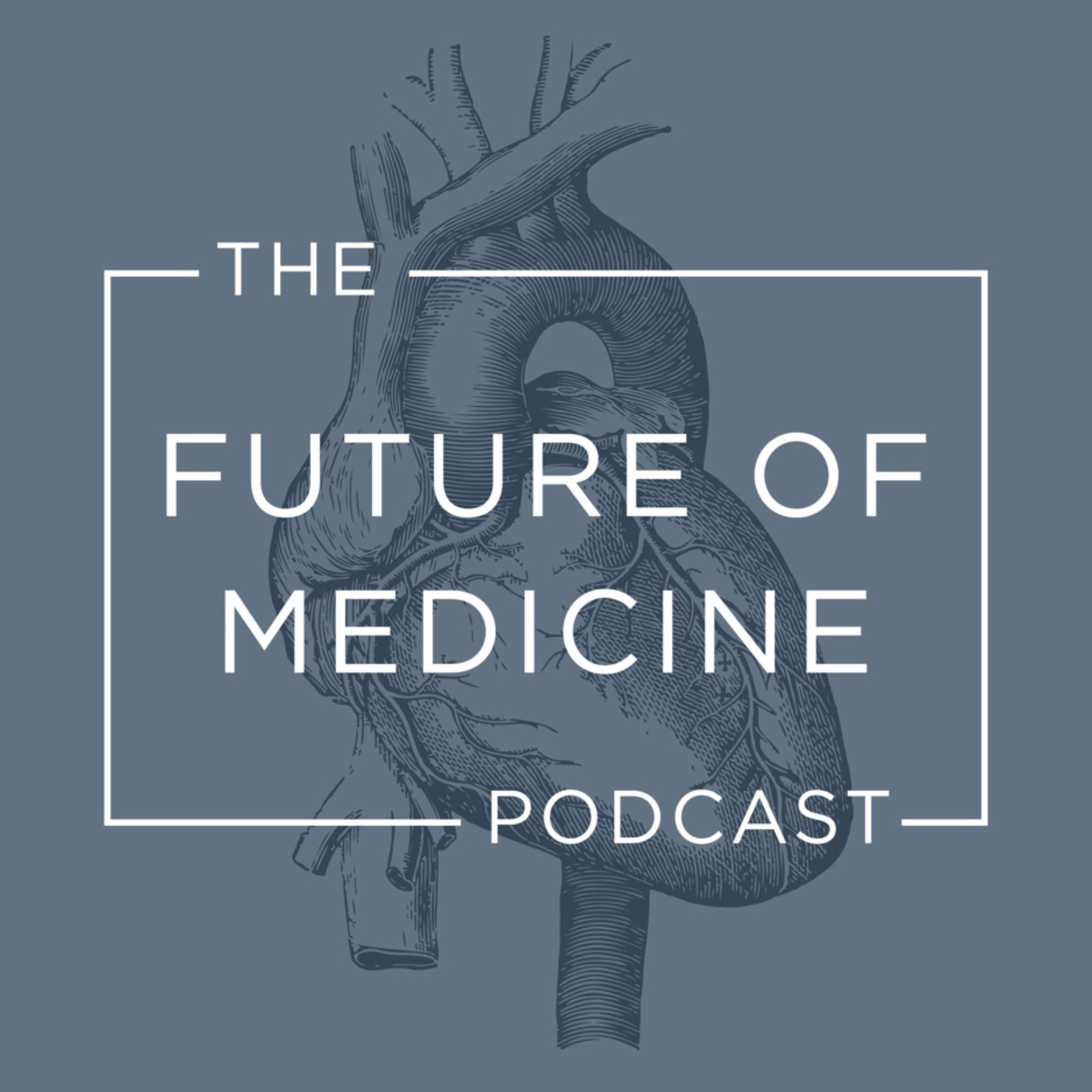Show Notes
Eat Less, Exercise More — The Universal Advice Given To Anybody Who Needs To Lose Weight.
Yet, when you work out, your appetite goes up along with the scale, and you end up frustrated every time.
Never fear, there is a solution.
In this blog, I’m going to give you some clear perspective on exercise – the benefits, how to do it correctly, and the conversations you need to have with your doctor about it.
But This Dogma Is Founded On 35 Years Of Bad Doctrine.
First, what is a calorie?
At the most fundamental level, a calorie is a unit of measurement that measures potential heat.
Calories that come from nutrition sources that raise our blood sugar have a profoundly different effect on our biochemistry than calories that we consume that don’t raise our blood sugar, because of the hormone insulin.
All Calories Are Not Created Equal.
Although calories all represent the same amount of potential heat, not all calories are created equal.
Is eating 2000 calories of M&Ms, the same as eating 2000 calories of broccoli? Of course not. Yet, we’ve all been led to believe that all calories are created equal, and it’s just not true.
This is critical. Are the calories you burn with exercise coming from coming from fat? Not necessarily.
The purpose of nutrition is to keep us alive in the easiest way possible. And the way our body does that is by using sugar from carbohydrates.
Sugar is the preferred source of fuel for the human body, not because it’s the best, but because it’s easily burned and easily stored.
If you carb-load before you work out, which every performance based trainer over the last 35 years has told you to do, you elevate your blood sugar from a normal state of about 100. This triggers an insulin response.
Insulin Blocks Fat Burning.
When you exercise you are in fact burning calories. But you’re not burning fat. What you’re really burning is all of that free sugar.
This is important.
Most of us are walking around with mild to moderately elevated blood sugar because we consume things from our diet that raise our blood sugar.
We go to the gym to burn fat, because we don’t want to be fat, but the calories that we’re burning are just getting us back to a baseline where we would ever be able to burn fat in the first place.
Nobody Loses Weight With Exercise Alone.
Here’s why:
- It increases your appetite.
- It increases the number on the scale as your muscles grow.
- You end up treating yourself for working out and end up undoing all of hard work you put in.
- This is a triple effect that causes a lot of frustration when you approach weight loss with exercise first.
But Exercise Does Have Tremendous Health Benefits.
- It increases lean mass, which is muscle. Lean mass sets the foundation for basal metabolic rate, or your metabolism.
- It increases your insulin sensitivity. It is the perfect non-pharmacologic antidote for insulin resistance. It decreases blood sugar and keeps it stable.
- It decreases belly fat, improves your sleep, decreases depression, and is an incredible social outlet.
I Teach My Private Clients The 5 Phases Of Fitness.
1. Lose 10% of your body weight with diet alone.
I gave you lots of information and a great strategy for a diet that will support a healthy weight in my podcast and blog on nutrition. That’s a great place to start if you need help on what to eat to lose weight.
Lose 10% of your current weight first. If you’re 150 pounds and you wanna be 100 pounds, start with losing 15 pounds. Then, move on to phase 2.
2. Increase your activity to at least three days a week.
Just get off the couch. Just be moving, be active for three days a week. Then move on the phase 3.
3. Increase this activity to five days a week and add a component of intentional stretching after each session.
Get on the ground and stretch for 5-10 minutes. This expands those tight muscles into longer, loose, flexible muscles. These muscles are much more difficult to injure and they’re much more prone to grow when they’re stretched.
4. Add resistance.
Add some weight training which will help sculpt lean muscles and tone you up.
5. Add intensity.
Wherever you are, get yourself plugged into these five phases and don’t skip phases or you will risk hurting yourself.
Here Are 2 Conversations You Need To Be Having With Your Physician.
1. Are there any physical limitations to consider before you start exercising?
2. Are there specific medications that need to be adjusted before or after you start exercising?
For example, if you’re severely overweight or someone with arthritis, you’ll want to protect the major joints involved in movement. You might need to exercise in a pool which is safer and much easier on the joints.
If you have certain conditions like heart disease or diabetes, you will need to be very careful as you begin to exercise. Medications may need to be adjusted if you have diabetes as your blood sugar normalizes. Depending on your current health condition, your physician may need to do some tests before you start exercising.
Ask your physician if there are any medications you’re taking that can affect your fitness plan or that your trainer needs to be aware of.
The types of medicines that can cause problems used in the treatment of high blood pressure, heart disease, and diabetes.
If you are taking insulin, it’s really, really important that you get some clarity around your insulin regimen, how that affects your blood sugar and how fitness is going to lower your blood sugar.
Certain heart medications used for an abnormal heart rhythm or high blood pressure needs to be considered before you go out and do treadmill work or stair work, where you’re driving your heart rate up.
If you’re on blood thinners like Plavix, Aspirin, or Coumadin please be aware of the risk, especially with falling.
You Cannot Outrun A Bad Diet.
No amount of exercise will undo putting the wrong thing in your mouth.
Follow the 80/20 Rule when it comes to diet and exercise
You have to fix your diet first, then add exercise, but add it in a safe, predictable momentum building way using the 5 phases of fitness.
80% Diet, 20% Exercise.
Getting clarity on why you are doing this in the first place will help you reverse engineer your plan.
You do this in every other area of your life, right? Deploy that same strategy with your exercise plan.
Identify any limitations that you may have or contraindications to actually working out, talk with your doctor about them, and just get started.
I hope you enjoyed this post and you’ll be able to use this strategy to improve your fitness. It’s so important for your health and well-being.
Please leave me your comments, questions, and let me know if there are other topics you would like me to discuss in future posts.
If you prefer video content, please be sure to subscribe to our YouTube channel. You can also listen to our podcast The Concierge Medicine Show on iTunes.
Take care —
Aaron Wenzel, MD



